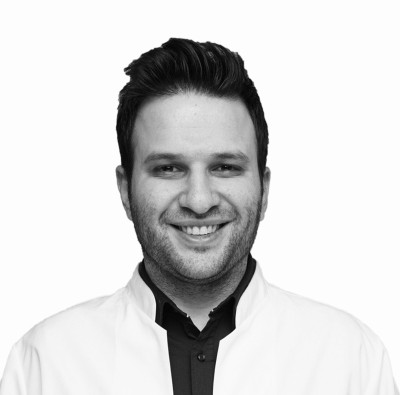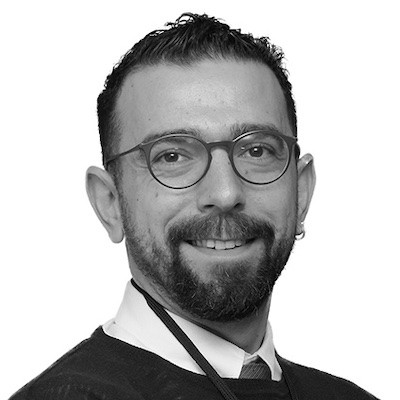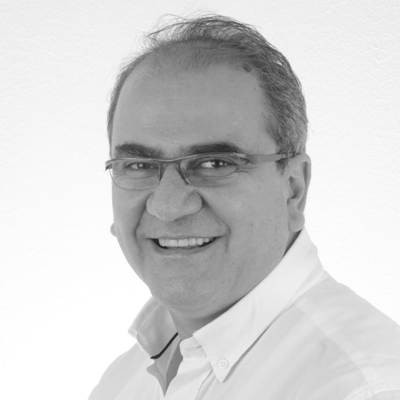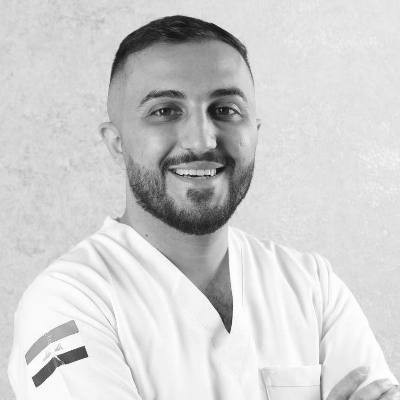ADEZİVLER VE DİREKT POSTERİOR RESTORASYONLAR: ARAŞTIRMADAN KLİNİK UYGULAMALARA
Diş tedavileri söz konusu olduğunda arka restorasyonlar günlük işimizin %70'inden fazlasını oluşturur.
Kompozit direkt posterior restorasyonlarla ilgili bildirilen ana problemler şunlardır: Ameliyat sonrası hassasiyet, kötü temas noktası, güzel bir oklüzal anatomi elde etmenin zorluğu ve restorasyonların kısa ömrü.
Adezivler gelişmektedir ve restorasyonlarımızın başarısının anahtarıdır.
Bu derste aşağıdaki konular geliştirilecektir:
1- Restorasyonlarımızın performansını artırmak için kanıta dayalı ipuçları ve püf noktaları ile modern yapıştırıcılar ve kompozitlerin seçilmesi ve kullanılması
2- Oklüzyonun kapsamlı bir şekilde ayarlanmasına gerek kalmadan, arka dişleri öngörülebilir bir şekilde restore etmek ve hızlı ve kolay bir şekilde (FMT tekniği) güzel bir oklüzal anatomi oluşturmak
ÖZGEÇMİŞ
Prof. Dr. Louis Hardan
Saint Joseph Üniversitesi Restoratif & Estetik Bölümü - Dijital, Sanal ve Yapay Zeka Bölümü
Saint Joseph Üniversitesi Beyrut-Lübnan'da restoratif ve estetik bölümünün eski başkanı (2013-2019), 2019'dan bu yana yüksek lisans programının fiilen yöneticisi, 2021'den beri protez ve estetik yüksek lisans koordinatörü ve dijitalin üyesi olan Prof. Louis Hardan, 2023'ten beri sanal ve yapay zeka departmanındadır.
1989 yılında diş hekimliğinden mezun oldu ve doktora sonrası eğitimine Saint Joseph Üniversitesi'nde devam etti; 1993 yılında temel bilimler sertifikası almış, 1995 yılında restoratif ve estetik diş hekimliği uzmanlığını, 2009 yılında ise ağız biyolojisi ve materyalleri (Estetik ve Protetik Diş Hekimliği) alanında doktorasını tamamlamıştır.
Lübnan Dişhekimleri Birliği yönetim kurulunun (LDA) aktif bir üyesiydi (2006-2009) ve 2009 yılında LDA'nın genel sekreteri olarak atandı.
Şu anda Saint Joseph Üniversitesi'nde profesör olarak çalışmaktadır (restoratif ve estetik bölümü ile dijital, sanal ve yapay zeka bölümü) ve memleketi Byblos'ta özel bir muayenehanesi bulunmaktadır.
Kendisi bu grubun fahri ve aktif uluslararası Styleitaliano üyesi ve bilimsel direktörüdür. 2020'den beri Avrupa Kozmetik Diş Hekimliği Derneği'nin (ESCD) Lübnan Ülke Başkanı, ESCD sertifikalı üyesi, ESCD yönetim kurulu üyesi ve 2021'den beri uluslararası ilişkiler başkanıdır.
Cep telefonuyla yüksek kalitede diş fotoğrafı çekmeye yarayan Smile Lite MDP (Smile Line, İsviçre) cihazının (ABD'de 2017 yılında sınıfının en iyisi teknoloji ödülünü ve Avrupa'da 2022 yılında En İyi Ürün ödülünü kazanan) ve Posterior'un mucididir. Misura (LM aleti) direkt posterior kompozitler için bir alet.
Prof. Hardan'ın pek çok yayını bulunmaktadır ve birçok indeksli, yüksek etki faktörüne sahip ve alıntı yapılan uluslararası dergilerde konuk editör olarak görev yapmaktadır, birçok uluslararası diş hekimliği kitaplarında bölümler yazmıştır ve şu başlıklı bir kitabın yazarıdır: “Protocols for Mobile Dental Photography with yardımcı aydınlatma” Quintessence Publishing 2020 , estetik, restoratif diş hekimliği, dijital diş hekimliği ve mobil diş fotoğrafçılığı konularında birçok uluslararası konferans ve kurs vermiştir.





